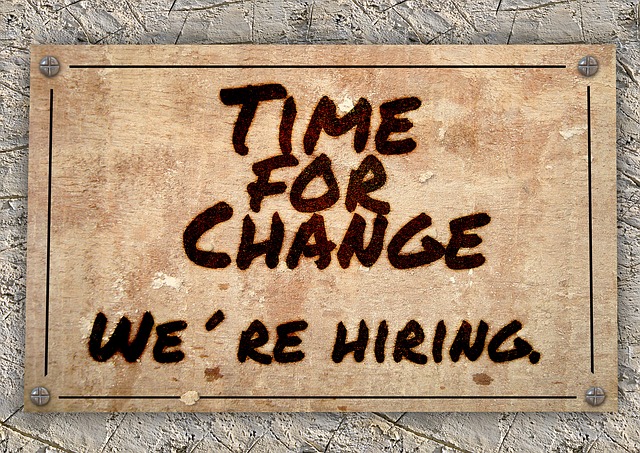Strategic Nonprofit Board Recruitment
 When organizations aren’t raising as much money as they need, they’ll often tell me: “We need to recruit new board members.” This is very often true, but it’s only a piece of the puzzle as to why they’re not being more successful with fundraising.
When organizations aren’t raising as much money as they need, they’ll often tell me: “We need to recruit new board members.” This is very often true, but it’s only a piece of the puzzle as to why they’re not being more successful with fundraising.
So, if you’re about to embark on some board recruitment, I strongly encourage you to do a little soul searching first so you can embark on your quest strategically.
Not all organizations are the same. In my humble opinion, the best boards are fundraising boards. You may have a self-described “community board” you’d like to evolve to a fundraising board. Or you may be part of a bifurcated organization where there is more than one board with different purposes (e.g., governance; foundation; advocacy), so your part can perhaps afford to be less engaged with fundraising.
Most nonprofits need a board that is a fundraising engine.
For the purposes of this article, I’m going to assume you’re like most nonprofits. This may mean you believe you need to recruit ‘rich people.’ Or already experienced fundraisers. And since you don’t know any of the above, you make these common mistakes:
- You keep putting board recruitment and development on the back burner.
- You keep recruiting more folks exactly like the ones you already have.
Are you, inadvertently, holding yourself back?
You are if either of the two mistakes above sound like you. Alas, this won’t help you resolve your fundraising conundrum.
So, let’s begin someplace else. Before beginning recruitment of the WHO for your board, begin by reminding yourself of the WHY.
Why Do You Need Board Members?
Certain skill sets may come to mind first. Such as “we need a lawyer.” But this is only a piece of what you’re looking for, and it’s not the most important piece. You could recruit the most famous lawyer in your community, but if they refuse to use those skills on your behalf – or if the area where you need help is not their area of expertise — this is meaningless.
Begin by answering this question:
Details Please don’t leave your new (or old for that matter) board members dangling!
Please don’t leave your new (or old for that matter) board members dangling!

 In my last article I talked about
In my last article I talked about 

 This week the groundhog told us it’s going to be an early spring!
This week the groundhog told us it’s going to be an early spring!


 Not as much as you might think.
Not as much as you might think.
 Twice at the end of last calendar year I was asked for a major gift.
Twice at the end of last calendar year I was asked for a major gift.